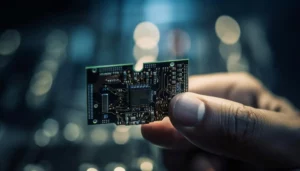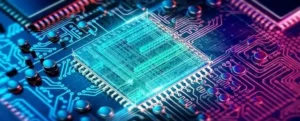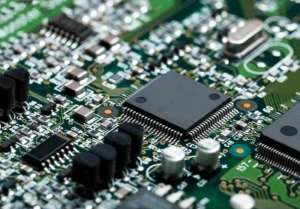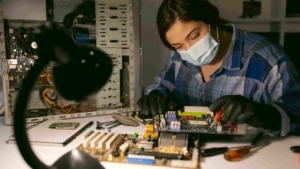It’s 2024, and innovative ideas are flourishing among young minds. However, many ECE students struggle to move beyond basic to intermediate projects, often lacking inspiration for truly advanced innovations. In this blog, we’ll explore five cutting-edge and innovative project ideas tailored for Electronics and Communication Engineering (ECE) students, reflecting the latest industry trends and technologies. Whether you’re a final-year student, a recent graduate, or simply eager to expand your knowledge, these projects offer valuable insights and inspiration for your next big idea.
5G Network Implementation and Optimization
Making a 5G network better will involve replacing the old network. This project aims at making the network speed better by designing efficient base stations, optimizing signal processing algorithms, and improving overall network efficiency.
The technologies used are 5G, RF engineering, signal processing, and network optimization. These technologies address challenges like high-frequency bands, massive MIMO, and network Slicing.
Your goal will be to develop cost-effective solutions for increased data speeds, low latency, and better user experience in 5G networks.
AI-Driven Autonomous Drone Navigation
The project that you will be building is a self-flying drone using AI, Machine Learning, Computer Vision, Embedded Systems, and UAV. The drone will navigate on its own and can do tasks like monitoring areas, delivering packages, or gathering environmental data.
Quantum Communication System
The quantum communication system is all about developing a secure method for data transfer. This project could be built using the quantum mechanics principle. Using Quantum Key Distribution (QKD) you can create and share secret keys between parties using quantum states. An important point to note here is that If a third person looks at the message or changes it, the message gets disrupted and we will come to know that someone has eavesdropped on our message.
The technology combines quantum computing, cryptography, optoelectronics, and secure communication principles.
Applications – finance, government, healthcare, and supply chain management.
Optical Neural Network Accelerator
These days artificial intelligence(AI) is on the rise. AI has put an immense demand on computational power. Traditional electronic-based processors, though powerful, are increasingly hitting their limits in terms of speed, energy efficiency, and scalability.
Integrating photonics with Very Large Scale Integration(VLSI) is the solution to the above problem.
Technologies – optical neural network accelerators integrate photonics (PICs, waveguides, modulators, detectors, amplifiers, lasers) with electronics (VLSI, ADCs, DACs) and materials science for high-speed AI computations.
Enroll in a VLSI design course to know more about VLSI integration
Advanced Cyber-Physical Systems for Industrial Automation
This project is all about making real-time monitoring systems, predicting maintenance, process optimization, and quality control. In simple terms, we can say you are building a smart assistant.
Technologies included here are IoT, embedded systems, data analytics, machine learning, and cybersecurity.
All the above projects combine elements of hardware design, software development, and system integration. VLSI is a specific component of ECW, that solely focuses on chip design. ALong with the above topics mentioned for the projects, there are multitude of topics in VLSI that can be very interesting for a ECE student. A comprehensive VLSI course can provide a detailed understanding of chip design, offering ECE students a wealth of intriguing topics to explore.
If you are a ECE student looking to venture into an interesting and dynamic field, exploring VLSI by enrolling in a VLSI training institute can be excellent choice.















